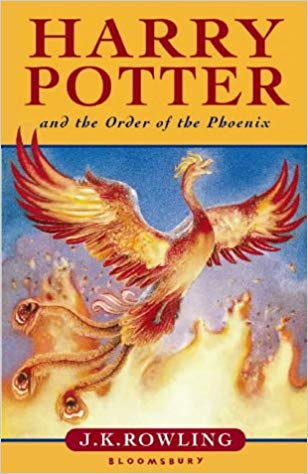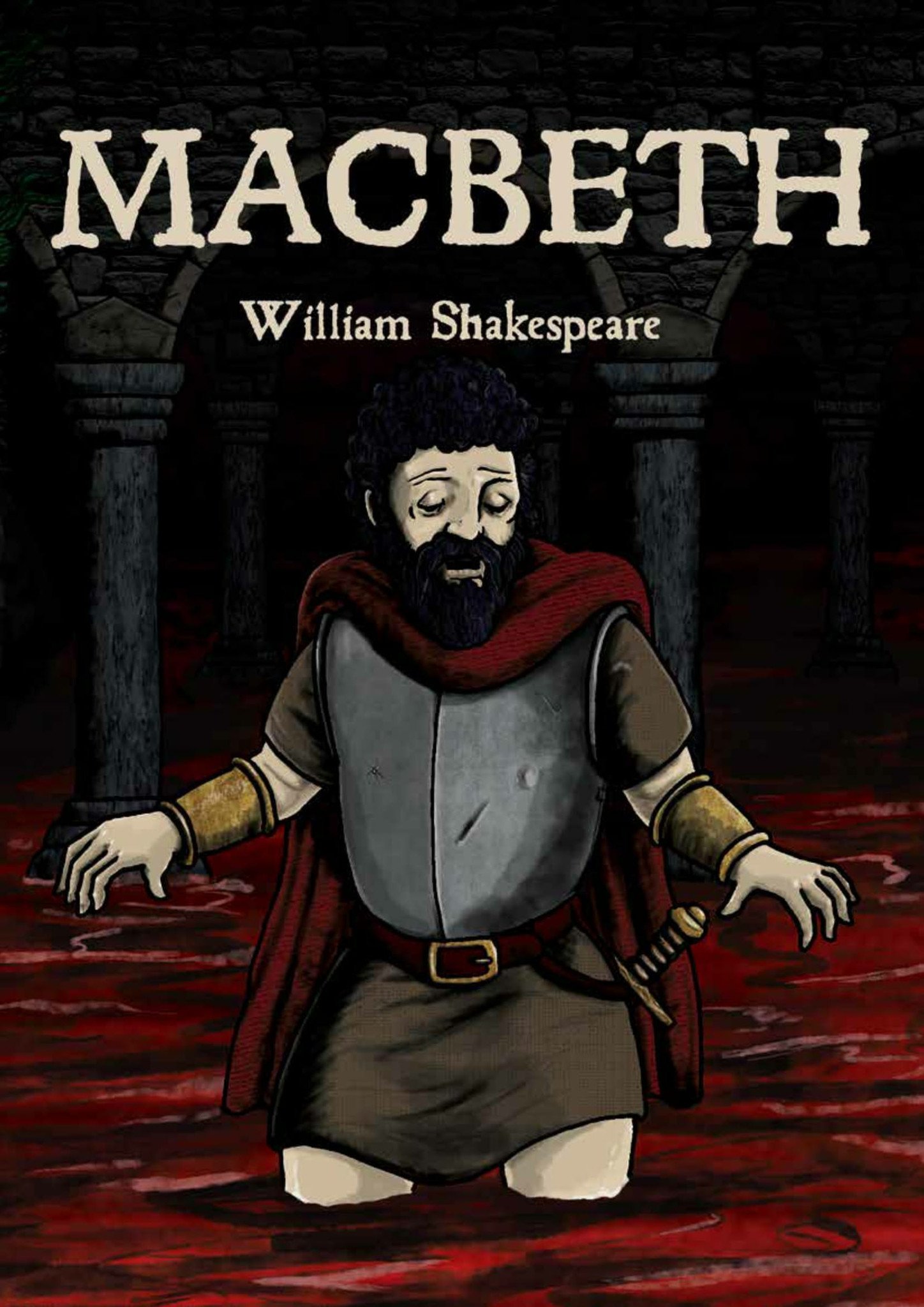Accelerated Reader
A Parent’s Guide to using Accelerated Reader
As you will be aware, your child will be using Accelerated Reader software. This guide is designed to answer your questions about Accelerated Reader and is adapted from a larger guide that can be found here. If you have additional questions, please feel free to contact your child's teacher or visit the Renaissance website at www.renlearn.co.uk.
Accelerated Reader can be accessed through the ‘Learning at Home’ resource page on each school’s website (BCPS, WCPS & YVPS).
What Is Accelerated Reader?
Accelerated Reader is online tool that helps teachers manage and monitor children's independent reading practice. Your child picks a book at his/her own level and reads it at his/her own pace. When finished, your child takes a short quiz on the computer. (Passing the quiz is an indication that your child understood what was read.) Accelerated Reader gives both children and teachers feedback based on the quiz results, which the teacher then uses to help your child set targets and direct ongoing reading practice.

Children using Accelerated Reader choose their own books to read, rather than having one assigned to them. This makes reading a much more enjoyable experience as they can choose books that are interesting to them.
Teachers and librarians help your child choose books, at an appropriate reading level, that are challenging without being frustrating, ensuring that your child can pass the quiz and experience success.
If your child does not do well on a quiz, the teacher may help him/her:
- Choose another book that is more appropriate.
- Ask more probing questions as your child reads and before taking a quiz.
- Pair your child with another student, or even have the book read to your child.
In most cases, children really enjoy taking the quizzes. Since they are reading books at their reading and interest levels, they are likely to be successful. This is satisfying for most children. Best of all, they learn and grow at their own pace.
How much will my child read during the school day?
According to research, children who read at least 20 minutes a day with a 90% comprehension rate (average percentage correct) on Accelerated Reader quizzes see the greatest gains. Therefore, your child will have at least 20 minutes set aside for reading during each school day.
How can I help my child become a better reader?
As with anything, performance improves with practice. Encourage your child to read at home. Create a culture of reading in your household by reading with your child, starting a home library, visiting your local library or bookshop on a regular basis, letting your child see you reading and discussing books that each of you have read. When reading with your child, stop and ask questions to be sure your child is comprehending what is read. Reading with your child, no matter what the child's age, is an important part of developing a good reader, building a lifelong love of reading and learning and creating a loving relationship between you and your child. Make learning a family affair!
How does the school determine my child's reading level?
Teachers determine your child’s reading level in one of three ways: a Star Reading test, a reading age estimation from a standardised test or by using their best professional judgment based on their knowledge of your child.
What is a Star Reading test?
Star Reading is a computerised reading assessment that uses computer-adaptive technology. Questions continually adjust to your child's responses. If the child's response to a question is correct, the difficulty level of the next question is increased. If the child misses a question, the difficulty level of the next question is reduced. The test uses multiple-choice questions and takes approximately 20 minutes.
What is an ATOS book level?
Book levels are reported using the ATOS readability formula and represent the difficulty of the text. For example, an ATOS book level of 4.5 means that the text could likely be read by a student whose reading skills are at the level of a typical fifth-year student.
What if my school uses Lexile® measures?
Schools that use The Lexile® Framework for Reading to report book levels can still use Accelerated Reader. Lexile® Measures are available in Accelerated Reader, and your school or school network can choose to see them in the software.
What is a Zone of Proximal Development (ZPD)?
In independent literature-based reading, ZPD is the range of books that will challenge a child without causing frustration or loss of motivation. Your child will receive a ZPD range after taking a Star Reading test, or teachers can use their best professional judgment to determine a ZPD. It is important for children to read with a high degree of comprehension and within their ZPDs. ZPDs should be adjusted based on the needs of your child.
What are points?
Every book that has an Accelerated Reader Reading Practice Quiz is given a point value. Accelerated Reader points are computed based on the difficulty of the book (ATOS readability level) and the length of the book (number of words).
Children earn points, or a portion of a book's points, depending on how well they do on the Reading Practice Quiz. For example, a child who takes a 5-question quiz on a book worth 1 point will earn 1 point for 5 correct answers (100%), 0.8 point for 4 correct answers (80%), etc. A child who reads a book worth 5 points and takes a 10-question quiz will earn 5 points for 10 correct answers (100%), 4.5 points for 9 correct answers (90%), etc. For quizzes with 3, 5 or 10 questions, a child needs to pass a quiz with a score of 60% or higher to earn points. For quizzes with 20 questions, a child needs to pass with a score of 70% or higher to earn points.
You may notice that some popular books have more points assigned to them than some classic pieces of literature. J.K. Rowling's Harry Potter and the Order of the Phoenix, for example, is a 44-point book, while Shakespeare's Macbeth is a 4-point book. Keep in mind that this does not mean we think Harry Potter and the Order of the Phoenix is a better book or more worthwhile to read than Macbeth, only that, at 257,154 words versus 19,048 words, it is much longer and provides more reading practice time.


How are Accelerated Reader point targets set?
Based on extensive research, we can provide guidelines for the approximate number of Accelerated Reader points children should be able to earn depending on how much time they read and their reading level. Monitoring Accelerated Reader points earned by children and comparing them to the guideline values enables your child's teacher to determine how well your child is using the time provided for reading practice. If the school has Star Reading, students' scores will be accessible in Accelerated Reader, making it easier for teachers to set point targets for students.
How many Accelerated Reader quizzes are there?
There are over 30,000 Accelerated Reader quizzes available, with more being written every month.
What kinds of quizzes are there?
Accelerated Reader includes several types of quizzes designed to support the development of several reading skills. Quiz types include:
- Reading Practice Quizzes are the most common type of assessment in Accelerated Reader. The purpose of these quizzes is to determine whether your child has read a book, to measure your child's literal comprehension of the book and to provide immediate feedback. Each Reading Practice Quiz consists of 3, 5, 10 or 20 multiple-choice questions depending on book level and length.
- Recorded Voice Quizzes are designed for beginning readers and students learning English. They are professionally recorded by a narrator who reads the quiz questions and answer choices as they appear on screen.
- Vocabulary Practice Quizzes measure a child's command of vocabulary words encountered while reading. They are designed to reinforce vocabulary acquisition, assist with individualising vocabulary instruction and generate your child's interest in words through authentic, in-context literature experiences. Quizzes include 5, 10 or 15 words from a particular book as well as review words from previously read books.
- Literacy Skills Quizzes are designed to give your child's teacher information on specific reading skills. Questions are randomly generated from a 36- or 60-item bank resulting in 12 or 24 quiz questions. Due to item-bank technology, Literacy Skills Quizzes can be taken up to three times. Quiz questions are based on 24 specific, higher-order reading comprehension skills.
How will I know if a book has an Accelerated Reader quiz?
To know which quizzes your school has available, contact your child’s teacher or librarian. You can also visit Accelerated Reader Bookfinder at www.arbookfind.co.uk to conduct a search of all available books with Accelerated Reader quizzes.

How can I help my child find books that are interesting to him or her?
Visit www.arbookfind.co.uk and click Advanced Search. By conducting an advanced search, you can generate book lists that contain titles based on the criteria you enter such as book level, topic, interest level, fiction/nonfiction, etc.
My child’s teacher put a book list on the web. How do I access it?
Go to Accelerated Reader BookFinder at www.arbookfind.co.uk. Enter the keycode that the teacher gave to your child and click Go to access the Teacher List created by your child’s teacher.
My child is not a strong reader. Can he/she still use Accelerated Reader?
Accelerated Reader helps all children become better readers, from students with special needs to those who are gifted and talented. When children read books at an appropriate level, they experience success. Furthermore, teachers work with children to set appropriate targets based on each child’s reading level.
How will I know how my child is doing?
A TOPS Report is available after a child takes a quiz for feedback on your child’s understanding of the book and shows cumulative data for the marking period and school year. The TOPS Report may be sent home with your child. You can review the report, sign it and send it back to school with your child.
You can access your child's Accelerated Reader information in Renaissance Home Connect from a computer with web access. You must first gain access to the program from the school. Once in the program, you can view your child's progress toward targets, points and books read to monitor your child's success. You can only access information about your child. You can also access Accelerated Reader Bookfinder to search for titles of interest.
What if I have more than one child using Accelerated Reader?
If you have more than one child in your home using Accelerated Reader, you can only see information for the child whose username and password you use. You must request access to the information for each of your children.
What if I have questions about using Renaissance Home Connect?
After logging in, click Help in the upper right-hand corner or contact your child’s school.
